Matthew Festing, Grand Master of the Knights of Malta
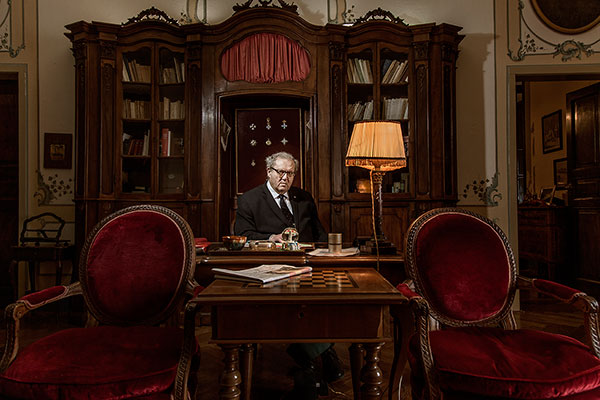
Simply sign up to the Life & Arts myFT Digest -- delivered directly to your inbox.
The private residence of the Grand Master of the Knights of Malta is perched high above the Ligurian Sea on a rocky promontory near Rapallo and within view of the mouth of Portofino harbour.
A Maltese Cross flies from the battlements of Villa Pagana, or Villa Malta, as the locals have called it since the 1950s, when the Spinolas, a family of princely merchants, entrusted it to the world’s oldest surviving chivalric order.
The Sovereign Military Hospitaller Order of Saint John of Jerusalem of Rhodes and of Malta (to give it its full name) is an enigmatic Catholic religious fraternity founded in 1048.
Despite having no territory, it is considered a sovereign entity under international law, printing its own postage stamps and coins.
A butler, in a white jacket with gold buttons, leads me into the salone, where I await His Most Eminent Highness The Prince and Grand Master of the Knights of Malta, also known as Matthew Festing, a former Grenadier Guardsman from Northumbria in England.
I was briefed to “present formally”, as befitting an encounter with a head of state but, disappointingly, Festing is in mufti, consisting of a blue jacket and green trousers, rather than his ceremonial black cloaking.
The former Sotheby’s consultant took possession of the ochre villa — surrounded by maritime pines and an exotic garden of cacti, palms and orange bird-of-paradise flowers — in 2008 when he was appointed as the order’s 79th Grand Master. Festing was elected for life in a secret ballot at a papal-style conclave in Rome and has both a ceremonial and decision-making role overseeing its humanitarian activity. He does not draw a salary although his living costs are met.

Festing plays down the grandeur. “You would think, gosh, it’s an enormous house, you can have 25 people to stay, but you’d be pushed to have more than six. It’s a family home really.”
Aged 66, he has not married or had children — as one of about 60 professed knights, he has taken a vow of celibacy, as well as of poverty and obedience. But his great-nieces and nephews visit in the summer, playing in the tower and cruising in his 1960s Ligurian fishing boat.
The villa was built in the early 1600s, with a watchtower as defence against any attack from French-Piedmontese troops. An antique brass telescope stands at a first-floor window, pointing out to sea as if anticipating a raid.
Favourite thing
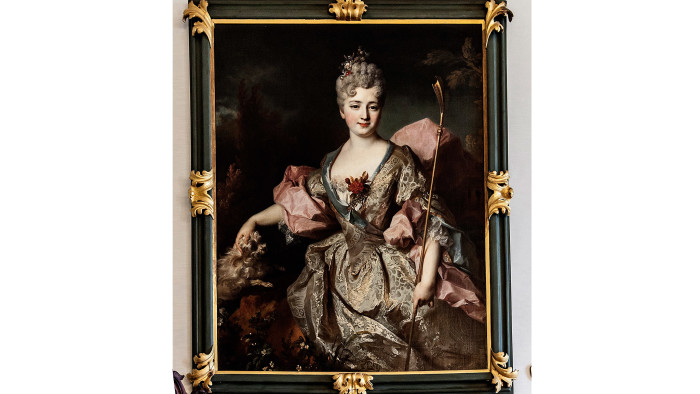
Festing offers in jest a dead piranha, given to him by a visiting dignitary, but settles on a painting by the French artist, Pierre Gobert (1662-1744). “No. We’ll have a picture of a pretty girl I think.” The subject is Marie Adélaïde of Savoy, a favourite of Louis XIV, and who was married to the Duke of Burgundy, the Dauphin. She and her husband died of measles, but her son survived and became Louis XV. “There are two copies of the painting, one at Versailles and one here,” Festing says.
Historically, members of the order have been descended from European nobility. Festing traces his family back to 14th-century knights. His ancestor, Sir Adrian Fortescue, a cousin of Anne Boleyn, was executed because he refused to sign an oath acknowledging Henry VIII as “Supreme Head” of the Church in England instead of the Pope.
We sit amid 17th-century Genovese furniture looking through wooden doors on to the chequered-floor terrace and the sea beyond. The room is replete with chandeliers, portraits of regional nobility and antique oddities, including a stuffed turtle and a harpsichord.
Behind a curtain is a chapel with red silk walls, six carved wooden pews, a green-painted altar and a spectacular view. Which for the local priest who says mass there every morning might be part of the attraction.
There are two staircases, the servants’ and the grand, both leading to the first floor where “Aeneas’ Escape from Troy” by the Neapolitan painter Luca Giordano (1634-1705) hangs in Festing’s office. “Gloomy but extraordinary,” he says. Previously it was on the dining room ceiling. “It was absolutely black but when it was cleaned all sorts of funny things appeared, like a dog in the bottom left-hand corner.”
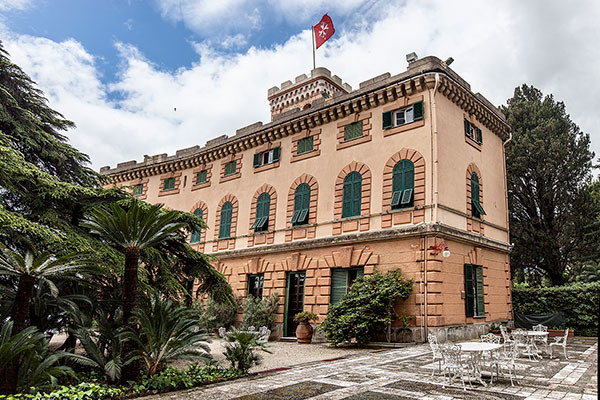
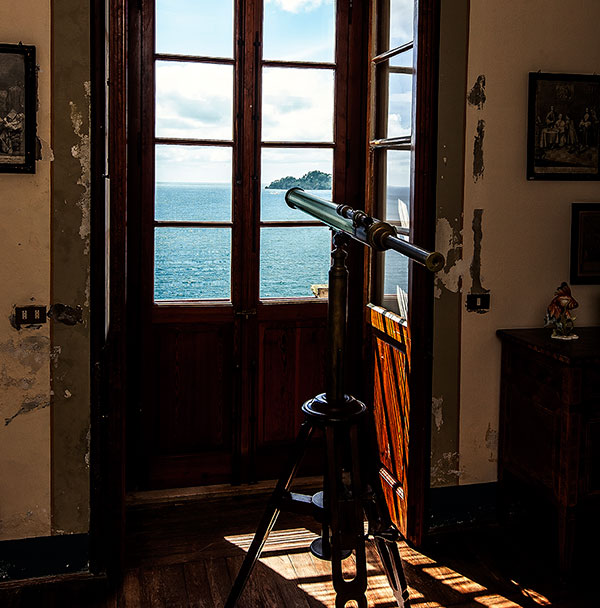
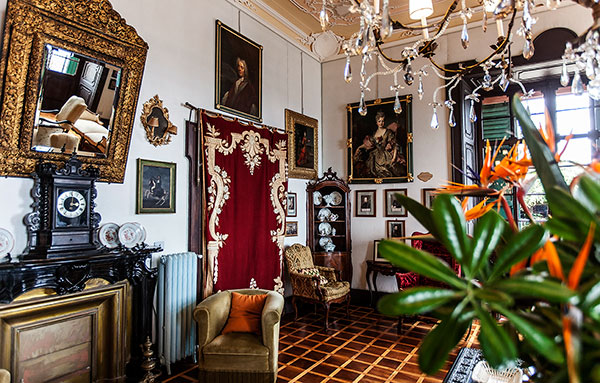
Paintings were Festing’s first love during his years as Sotheby’s representative in Northumbria — he once found an unknown painting by Constable of a garden. “It was an extraordinary find. She, a perfectly ordinary lady, was the descendant of Constable’s neighbour, a Mr Gardener. Constable must have painted it and given it to him. So it was Mr Gardener’s garden.”
Festing, a hospitable fellow, offers a splendid lunch, saying grace in Latin before and after. We are served bresaola, orange and grapefruit salad, followed by saffron risotto with osso buco and then cheeses, accompanied by white wine.
The order was founded when a group of knights established a hospital to tend people of all faiths. The motives of these warrior monks were “complicated”, Festing admits. “Some were on a religious high, others were simply short of land.”
Because of their military training, the original knights also acted as a Christian militia, defending pilgrims from attack. They were driven out of Jerusalem in 1291, settling in Rhodes and then Malta, which they ruled until they were forced out by Napoleon in 1798.
Its territory lost, the order is now headquartered in Rome and draws on its charitable rather than military roots, operating humanitarian relief and medical missions in more than 120 countries. Almost 100,000 people work with and for the order, including more than 80,000 as volunteers. “It’s bigger than the British army,” Festing points out.
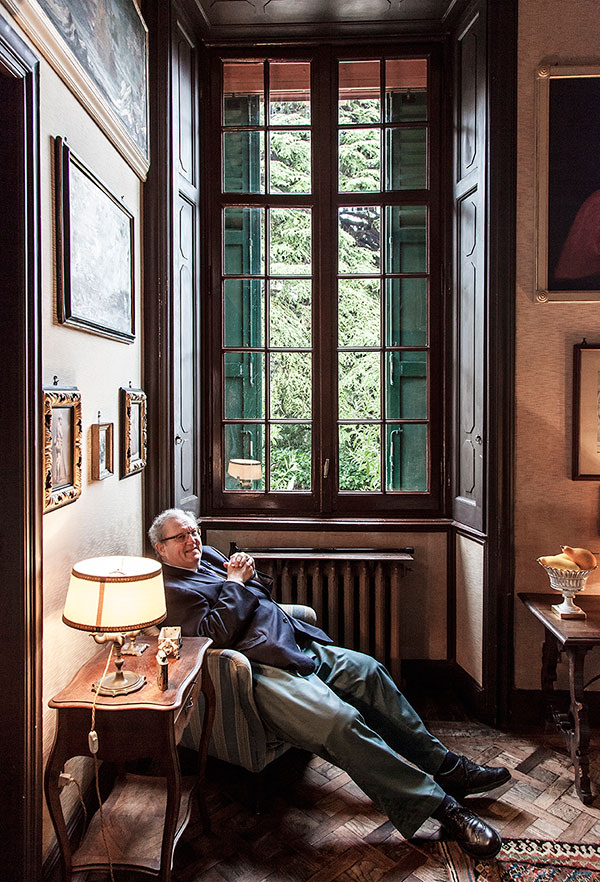
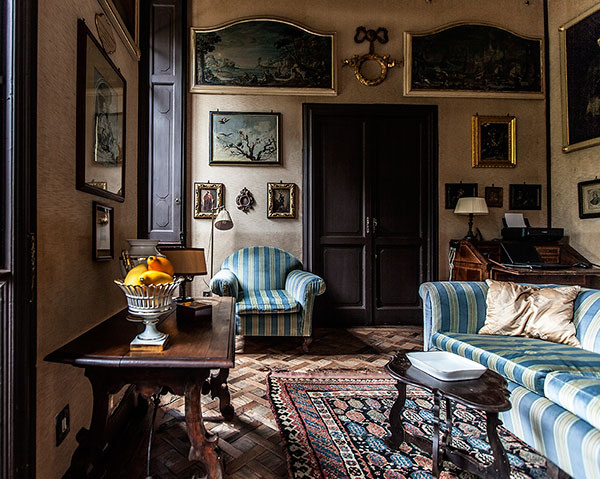
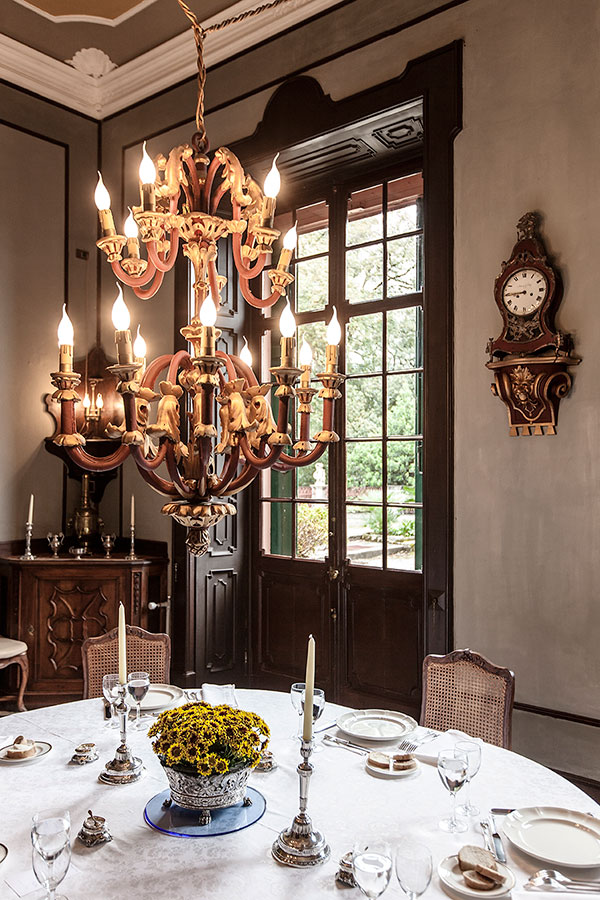
Some of its 25,000 doctors, nurses and paramedics run older people’s homes in England, schools for autistic children in France and homes for people affected by leprosy in Brazil. The order has been at the forefront of Europe’s refugee crisis, providing doctors on Italian coastguard vessels rescuing migrants in the Mediterranean. It also runs 70 emergency shelters and 30 registration centres with medical and legal facilities for refugees in Germany.
The order’s property portfolio pays for its central administration in Italy, but worldwide operations are decentralised and run by individual associations. Work is funded by donors such as the EU, government and international agencies as well as individuals — more than 1m in Germany and 1m in France. “They might be a little old lady who gives you five euros and they might be Mr Big who gives you 10,000 euros.”
As a sovereign entity, the order has a network of embassies, permitting diplomatic relations with 104 countries. Like Palestine, another stateless sovereignty, it has observer status at the UN. This unusual place in international politics, together with its mysterious practices and rituals, has provoked no shortage of Dan Brown-style conspiracy theories over the years, with some claiming that the order is a shadowy clique of modern-day Crusaders with a Christian supremacist agenda.
In 2008 the order was accused of links to Blackwater, the mercenary security group, a connection Festing’s predecessor robustly denied. There have also been (rebutted) claims that the former US commander in Afghanistan, General Stanley McChrystal, was a member. The order has had to face wild accusations from conspiracy theorists of orchestrating everything from the assassination of John F Kennedy to the Iraq war.
In reality the order’s influence has been overstated, says Festing, and it doesn’t cut much ice with politicians. It is “a complicated thing” he admits. Having embassies provides the order with direct “access” to government. “We don’t just [have ambassadors] for the hell of it. But because it facilitates other work. Say you want to get pharmaceuticals through without export duties, or if equipment gets stuck at customs for months, you might be able to use access to negotiate.”
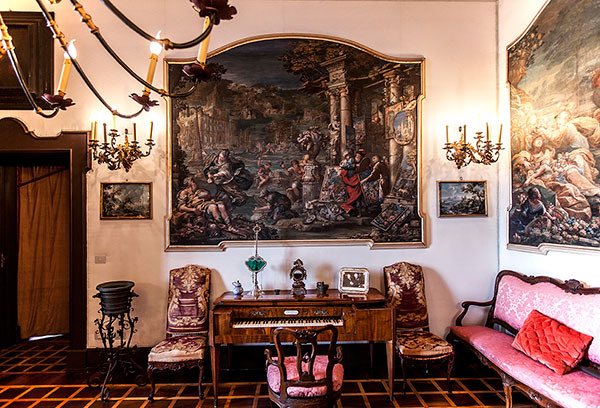
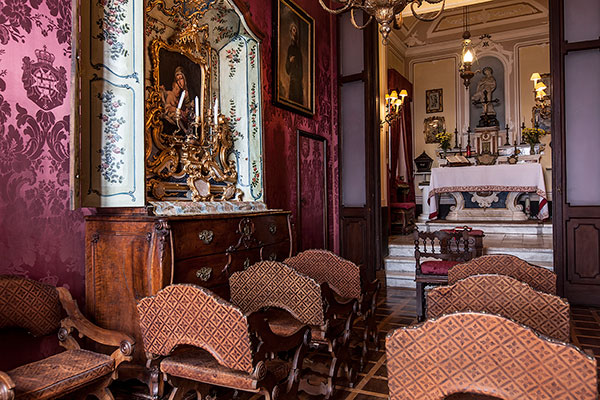
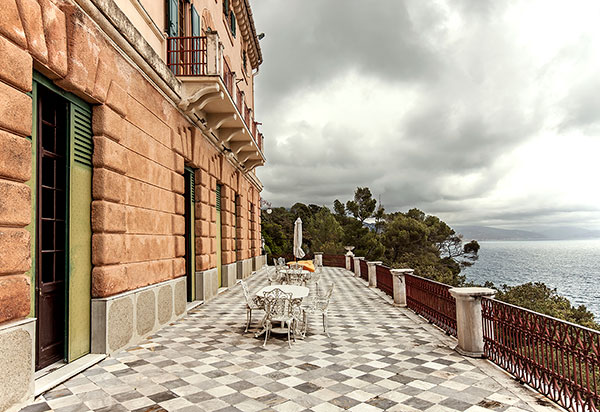
Festing seems believable possibly because he looks and sounds like someone you might see in cricket whites at a village match in England, or the kindly headmaster of a prep school. He enjoys country pursuits. The Field magazine is lying on the hall table. He certainly doesn’t look or sound like the head of a Masonic cabal, pulling the strings of the world order.
The organisation has been part of Festing’s life “always, since I was a child”. After reading history at St John’s College, Cambridge, he joined the Grenadier Guards with tours of duty in the Gulf, Northern Ireland and Belize. On leaving the army he was “recruited” to work for the order by his uncle.
The potential for adventure was likely to have been a draw. Festing drove emergency supplies to Bosnia by convoy during the 1990s conflict. He was often required to move in improbable worlds. As part of a series of schemes to help abandoned women in the Balkans to support their families, he trundled around the north of England sourcing curlers and hairbrushes to enable them to start hairdressing businesses. “There was something very odd about that.” Under the same scheme he found himself “on the periphery of a chicken-breeding operation. The whole thing was quite peculiar.”
His present role involves “going round thanking people, encouraging people and trying to show an interest in what they are doing”.
Although Festing holds the status of a cardinal, the order is separate from the Vatican thanks to a 12th-century decree guaranteeing its independence. Nevertheless, the pope emeritus Benedict XVI — “not God’s Rottweiler, he’s God’s teddy bear” — is close to the order, although it was Pope Francis who put Festing’s predecessor — Andrew Bertie, a fellow Englishman and a distant cousin of the Queen — on the first step of the ladder to sainthood, which will happen if/when two miracles are attributed to him. “He is on the very, very, very bottom rung,” Festing says. Yet before I can ask whether he is likely to follow the same path, he cuts me off. “We’re very different.”
Photographs: Alberto Bernasconi
Comments